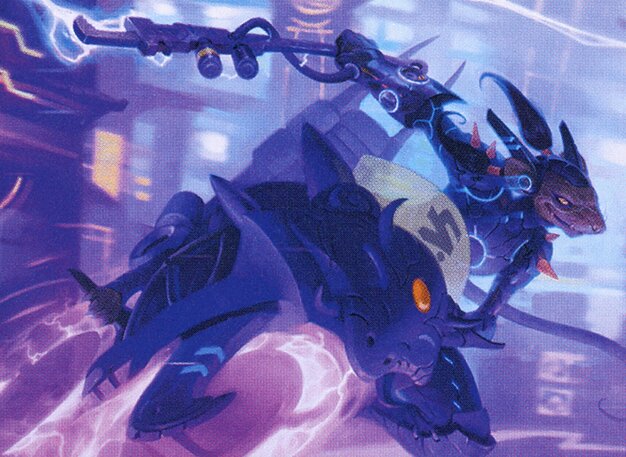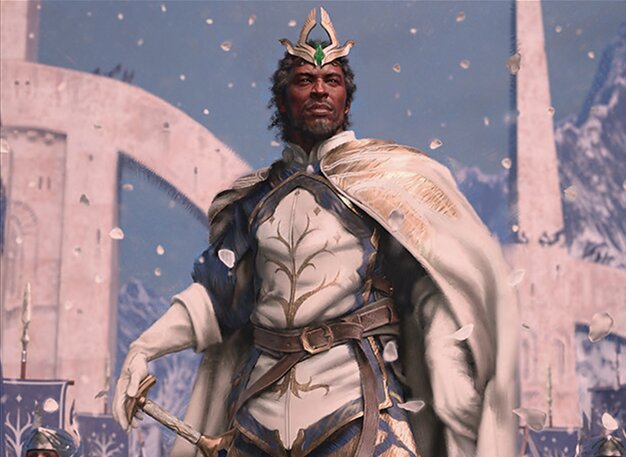Deck & Commander Strategies

Greasefang, Okiba Boss
Focuses on a reanimator game plan that utilizes the graveyard as a resource to bring back powerful creatures repeatedly, applying constant pressure and value through recursion.

Aragorn, King of Gondor
Leverages legendary synergies and equipment to develop a resilient board state, aiming to gain incremental advantage and control the pace of the game through value generation and protection.
Gameplay Insights
- 1
Greasefang’s ability to repeatedly bring back creatures from the graveyard created a relentless threat that forced Aragorn to use his resources defensively.
- 2
Aragorn’s reliance on legendary synergies provided steady value but struggled against the continuous tempo swings caused by Greasefang’s reanimation.
- 3
The timing of the reanimation spells was critical, allowing Greasefang to seize momentum and limit Aragorn’s options for recovery.
Notable Cards
-

Greasefang, Okiba Boss
-

Aragorn, King of Gondor
Gameplay Summary
The game started with both players developing their board states cautiously, with Greasefang, Okiba Boss focusing on assembling a reanimator strategy while Aragorn, King of Gondor aimed to leverage his synergy with legendary creatures and equipment.
Early turns saw Greasefang setting up graveyard resources and preparing to reanimate key threats, which pressured Aragorn to respond with removal and defensive plays.
A pivotal turning point occurred when Greasefang successfully reanimated a powerful creature, swinging the tempo in his favor.
Aragorn attempted to stabilize by utilizing his commander’s ability to generate value and maintain board presence, but Greasefang’s aggressive graveyard recursion proved overwhelming.
Eventually, Greasefang secured the win through recurring threats that Aragorn could not effectively answer, showcasing the potency of reanimation in a duel commander setting.















![Favorite Commanders Of 2022 [Commander VS 323] | Magic: the Gathering Commander Gameplay thumbnail](https://i.ytimg.com/vi/kL93XxXdn28/sddefault.jpg)





